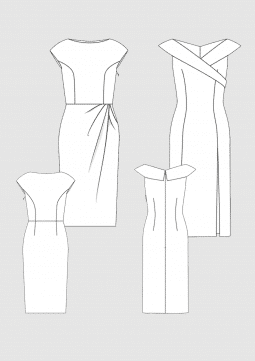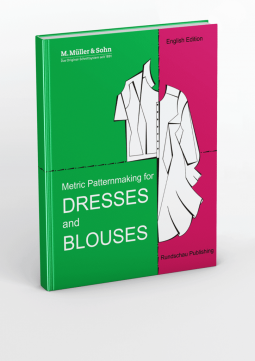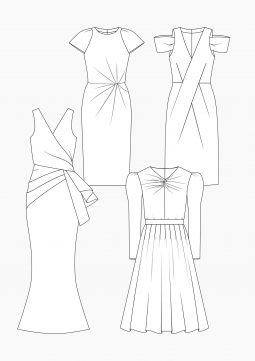Sewing sequins
Deutsch
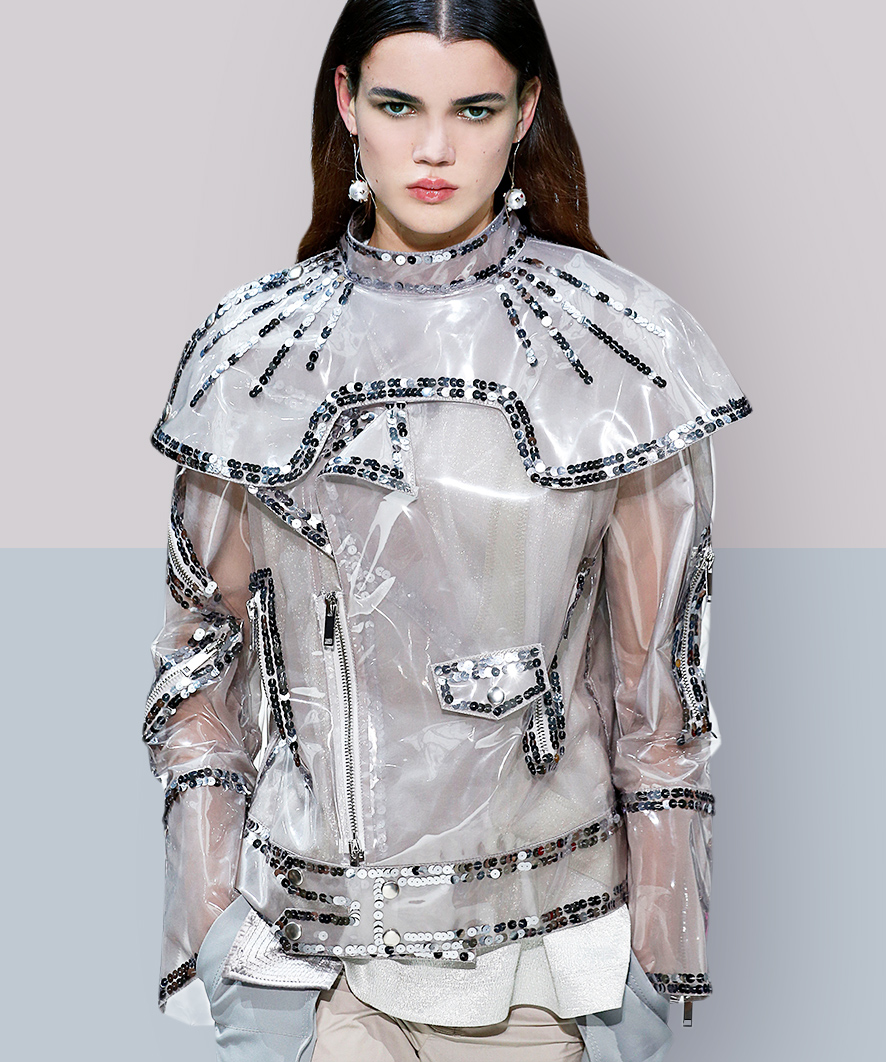
Sequins – glittering, shimmering, mysterious, a mixture of shine and talmi, elegance and semi-silk, noble and decadent. The dress is a stage and the beautiful glittering fabrics form the backdrop. Especially beautiful can be played with sequins in the design of evening fashion. Whether classic in silver or multicolored shimmering, large or small, round or square, discreet or striking – sequins are totally in vogue.
Content
- What are sequins?
- Effects due shape and arrangement of sequins
- Who suits sequins fabrics?
- Applications from sequins
- How to sew sequin fabrics?
- Sewing sequin fabric with ribbed ribbon
- Knitting with sequins
- Which needle for sewing sequins?
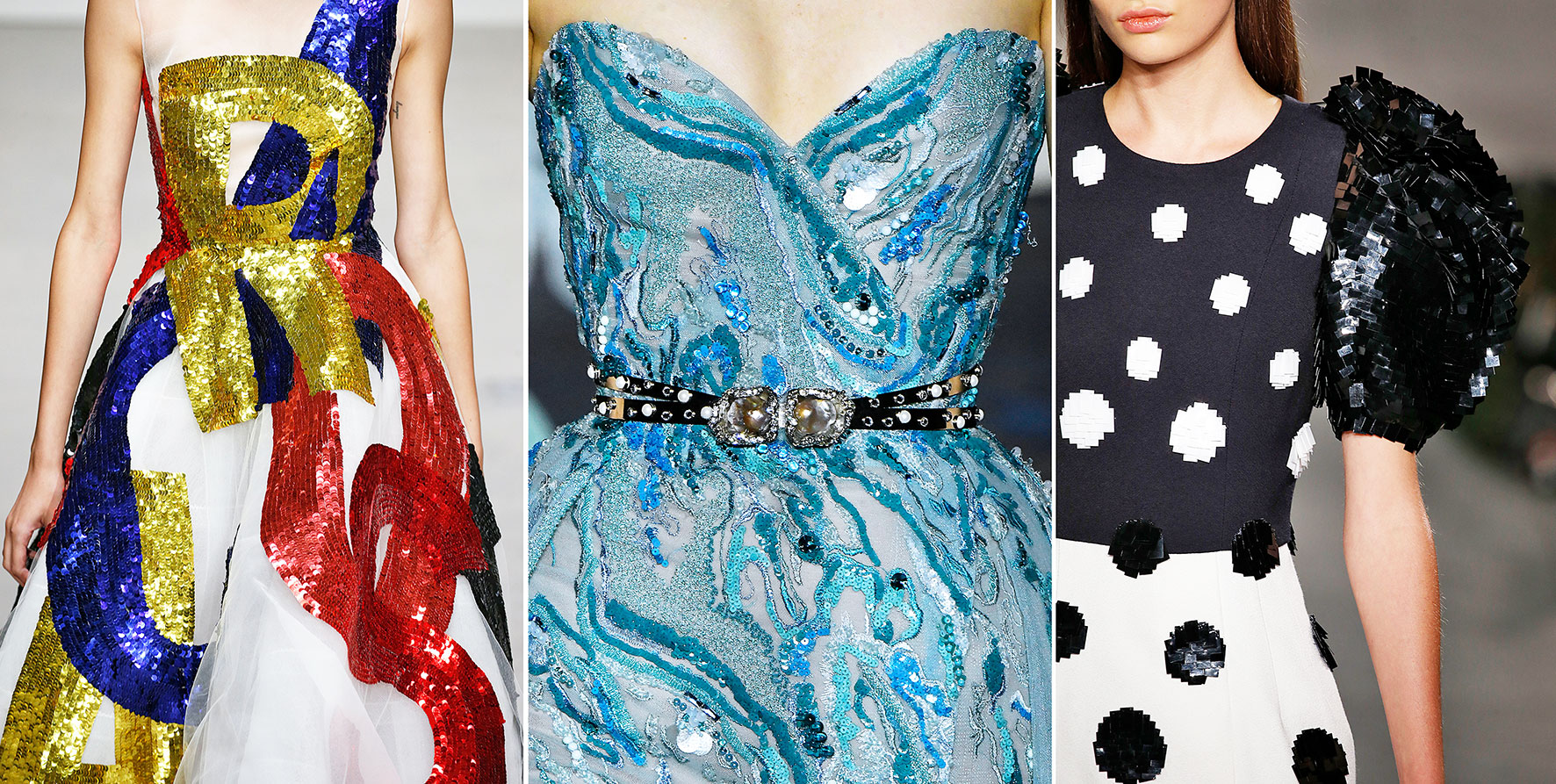
These fine plastic plates shimmer, shine and spread something surreal. The glitter blurs the contours, the image is no longer quite tangible. Great stars have taken advantage of this effect. The distant glitter gave them an aura of aloofness. This is how they truly became stars, stars that shine from afar. The term sequin originally comes from the french word (paille) and means sprinkle or spots. Sequins were first made from rolled wire rings. Today they are made of plastic and in many, shimmering colors.
What are sequins?
Sequins are a material of the 20th century. This is partly because they develop their effect most in artificial light, not in candlelight, especially spotlights on a stage. And it’s because modern lightweight synthetics create ideal technical conditions for sequin art. Sequins have to be light so as not to bring their wearer to her knees. For example, on Marlene Dietrich’s famous stage dress, in which she had herself sewn in, there were around 200,000 sequins attached. If there were even a small amount of metal on it, it would knock her over. Sequins have to be elastic. They must not bend or break too easily, because any damage will take away the dress’s supernatural shine. That’s why the fabrics must also be really artfully sewn, so that they last well and can unfold their effect.
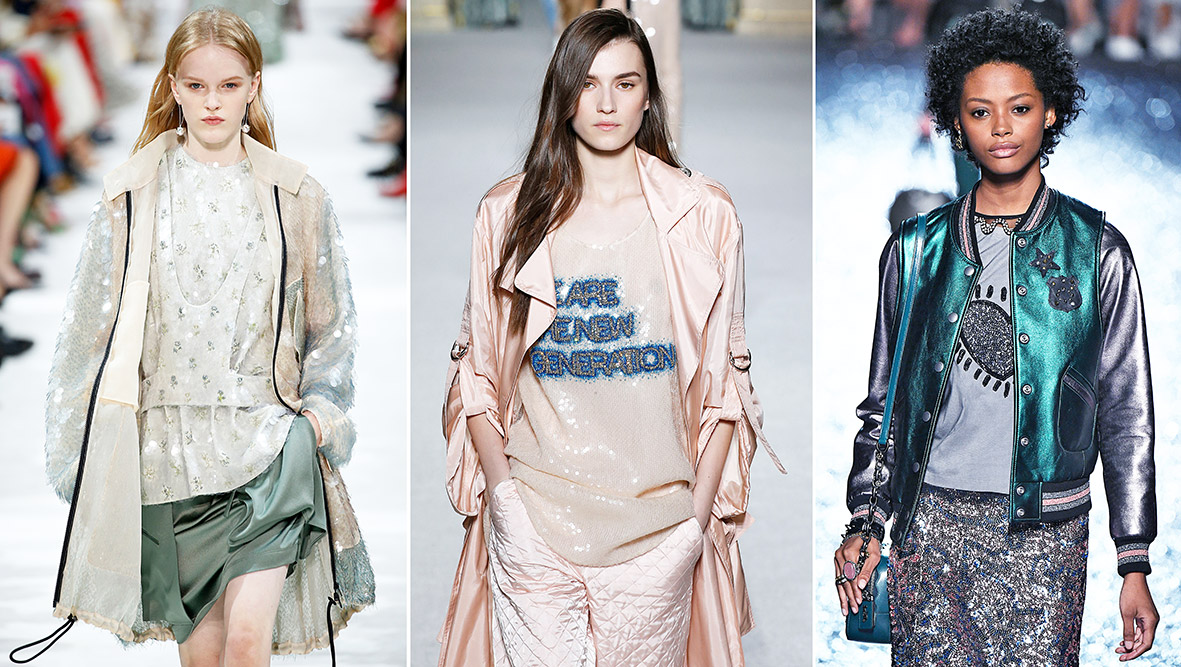
The cheap sequin elastics that you can buy in the department store, do not make anyone dream of stars. Sequins can achieve the most diverse effects through the manufacturing techniques. They can iridesce semi-transparently and then have something of fish scales shining in the summer sun. They can have strong colors without metallic effects and then unfold an oriental splendor in ornaments or they remind of the most beautiful tiles. They can have a metallic shine and glitter, as if they came directly from the moon or the Milky Way. In silver they are almost more effective than in gold. But they can also shine in several colors like the so-called holo sequins.
Effects due shape and arrangement of sequins
Sequins are usually sewn on, for this they are given a small hole, but you can also glue them on. Sequins can be fixed layered on top of each other, which gives them the scale effect. But they can also be placed next to each other and then look almost like a chainmail. Fine sequin ribbons can be attached as fringes. The classic sequins are round with a diameter of about 5 mm. Quite unexpected effects can also be achieved with new sequin shapes. Fine foil stripes applied allover look like otherworldly furs. Sequins in the size of polka dots or plastic discs attached to ribbons, look like leaves and flower petals, floating around the body of the wearer.
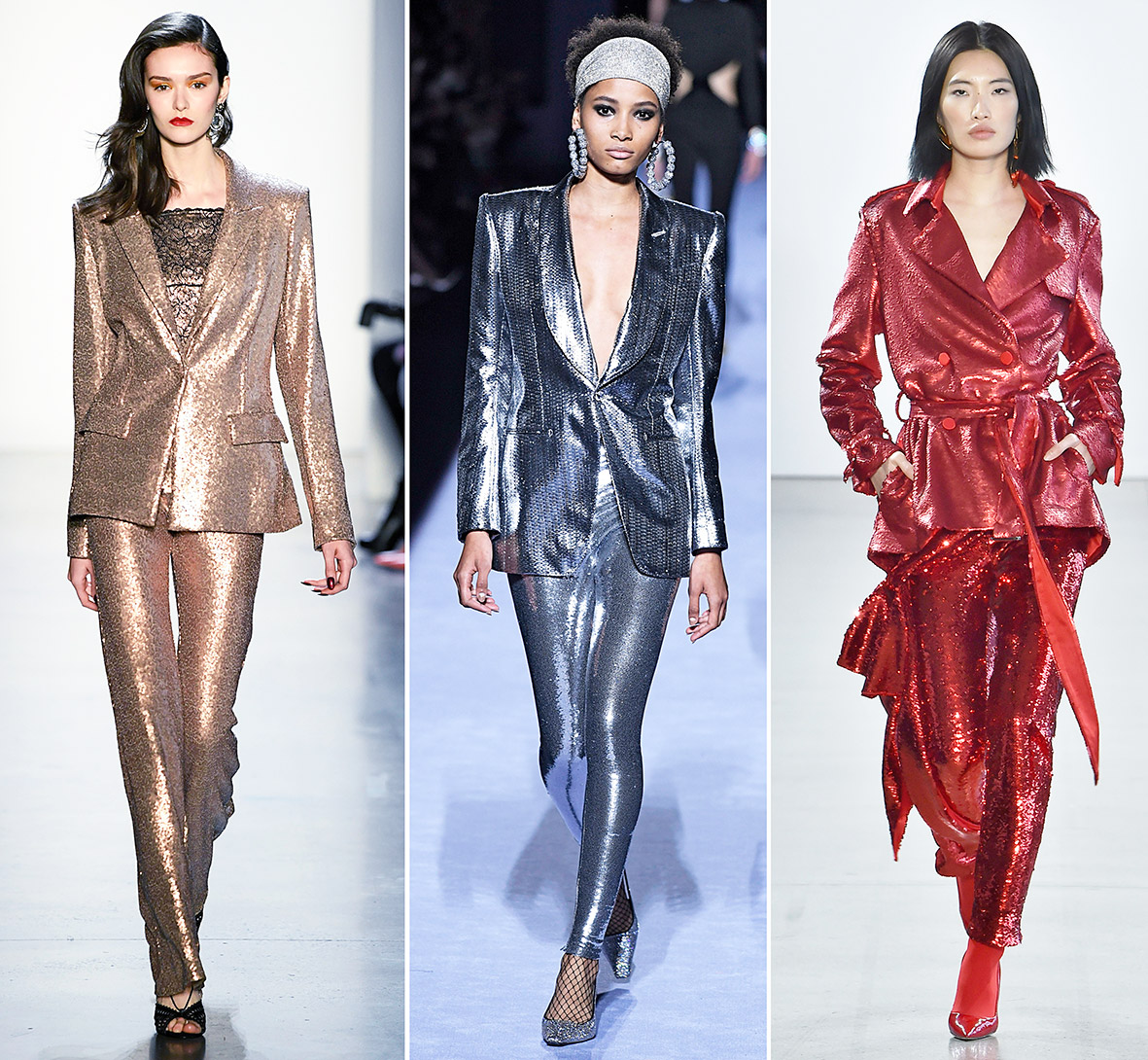
Who suits sequins fabrics?
The descriptions of the special effect of sequins already make it clear that sequins also make special demands on their wearer. Consider well what shape and amount of sequins you choose. And what kind of sequins are suitable for you.
- Those who wear sequins should bring a certain natural elegance and lightness. Too much earthiness is not compatible with the shimmering material.
- Sequins, which are sewn allover, also make special demands on the figure of the wearer. On the one hand, they can be bulky through the layers. Secondly, they tend to make the figure look a bit more voluminous due the shiny effect. And thirdly, they trace the figure mercilessly. Every curve, every bump – nothing remains hidden.
Sequin fabrics are mainly finished very close to the body, in order to bring out the snake character. They also like to play with contrasts between feminine and masculine, for example in tuxedos or tailcoats made of sequin fabrics. Although loose-fitting designs have a beautiful drop due to the heaviness of the fabric, but they look slightly clumsy. Of course, you can take advantage of these features by using sequins only very selectively. Sequined corsages with fluttery, semi-transparent evening skirts or sequined sections only on the bust or around the décolleté can create a “little bit more effect”. This is how you make a breast appear a little more voluminous. And where there is too much (around the belly and hips, for example), it is loosely covered up without sequins. Another way to use sequins: as an embroidery effect on prints. Narrow strips of sequins trace individual edges or motifs of prints, emphasizing them. Very precious, very noble, very couturier! And much more effective than just weaving in gloss effects.
Applications from sequins
If sequins have something supernatural, applications are rather a piece of artificial reality. They often imitate objects, especially flowers – sometimes quite realistically and sometimes stylized. Cut out, embroidered, perhaps also thermally deformed, in one color or combined in several colors, they give evening dresses something light, airy, in pastel quite fairy-like. Gentle and playful women are beautifully shown off with small applications, while allover sequins rather demand a woman with a talent for femme fatale.
In our online shop you will find various patterns for dresses that can be sewn in sequin fabrics or decorated with sequin applications.
How to sew sequin fabrics?
Sequins are also available by the meter in fabric stores. During the fabric manufacturing process they are applied directly to a wide variety of materials – including stretch. Meanwhile, they are available in almost every size. For the upcoming season, there are large scale sequins made of synthetics, which shimmer in all the colors of the rainbow. (This article is from the issue 10.2011)
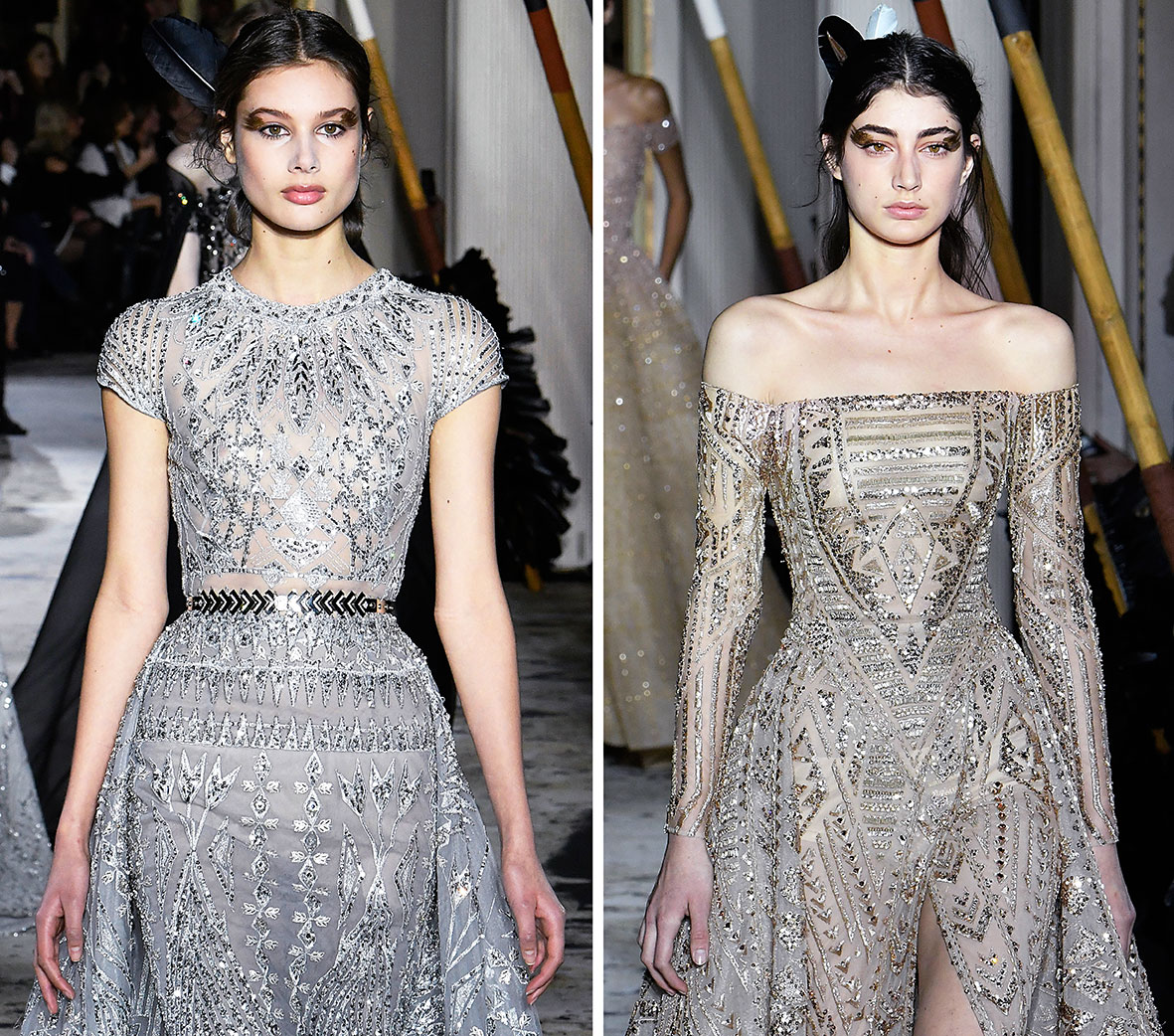
Processing sequin fabrics
Processing sequins requires one thing in particular: patience. For the first fitting it is recommended to make a moulure (model from nettle cloth). To close the seams and darts, all sequins are removed in these regions. They would otherwise poke the wearer or demage the lining, underwaer or stockings. If there are any sequin gaps after sewing, they can be filled in by hand with the removed sequins. In the following example, the selvedge with the wide, unembroidered part was integrated into the front cutting line of the skirt model.
Pattern Making
Construct a straight skirt with a turned over waist, narrow the hem a little. Copy the pattern as a whole. Draw cutting line at the left front. Determine slit height for a non-stretch base material.
Fabric Cutting
The skirt is cut open, because in many cases it is not possible to lay the sequin fabric exactly in fold.
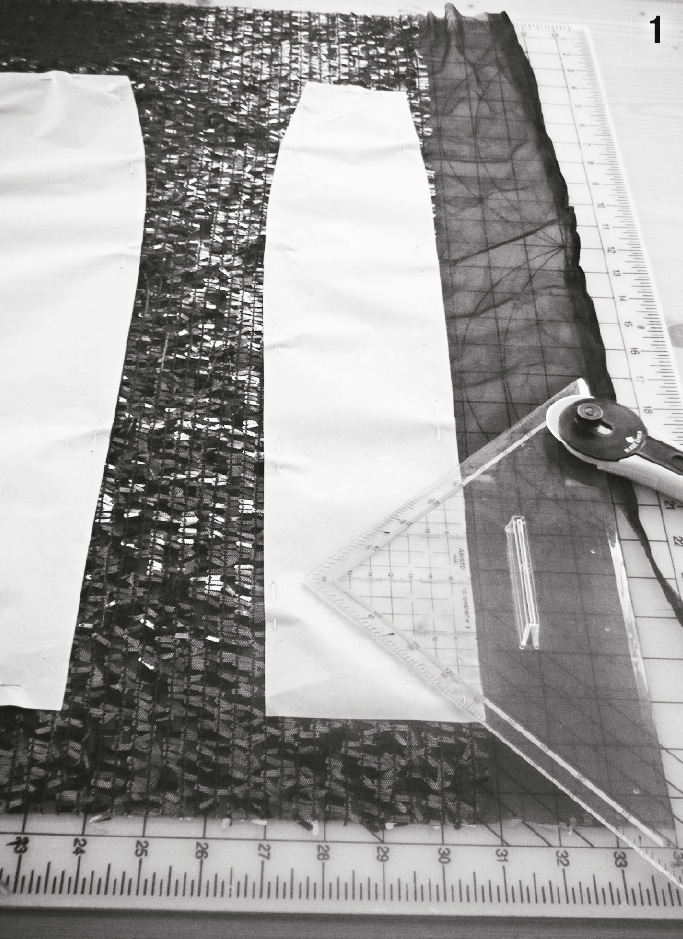
- Pin the front cutting line directly next to the wide unembroidered part (picture 1).
- Cut the entire skirt pattern with the following seam allowances: Side seam 2 cm, waist and hem 1 cm each. Trim the hem with a 6 cm wide lining or satin strip. The lining must match the sequin fabric exactly in color, as it will peek out a little on the right side. If the sequin fabric is stretchy, the lining or satin strip must also be stretchy.
Fix the fabric
- To fix the waist, a quilting seam is taken with the machine, because when gluing the waist sequins could deform. The skirt is directly turned on the lining. Attach the lining to the top with an adhesive interfacing the width of the trim and a seam tape. Glue the lining or satin strip to the hem for hemming.
Mark the pattern pieces
- Mark the whole skirt pattern with a thread. If necessary, draw the side seams and hem with chalk on the wrong side.
Sewing
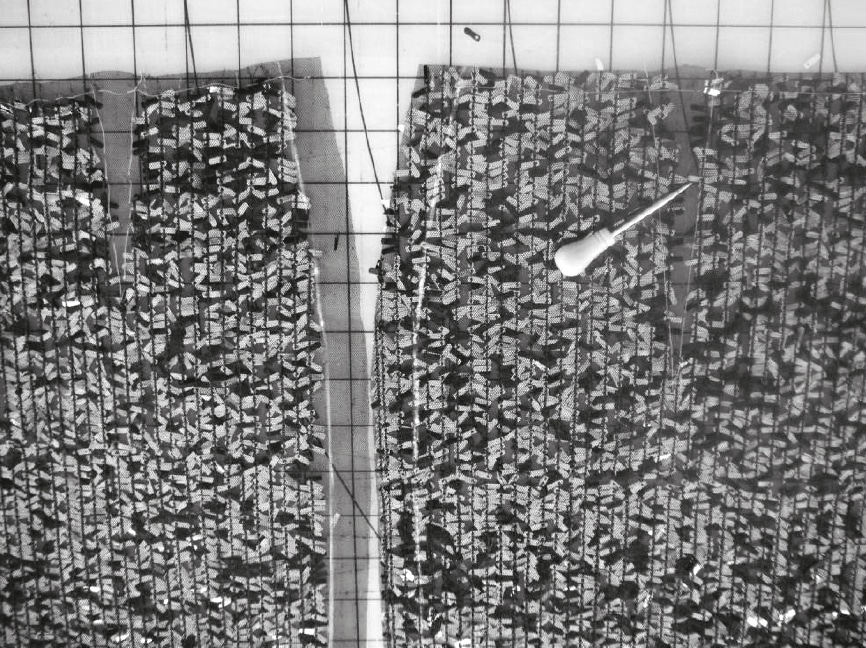
- All sequins that are outside the designation of the seams, darts, waist or hem must be removed.
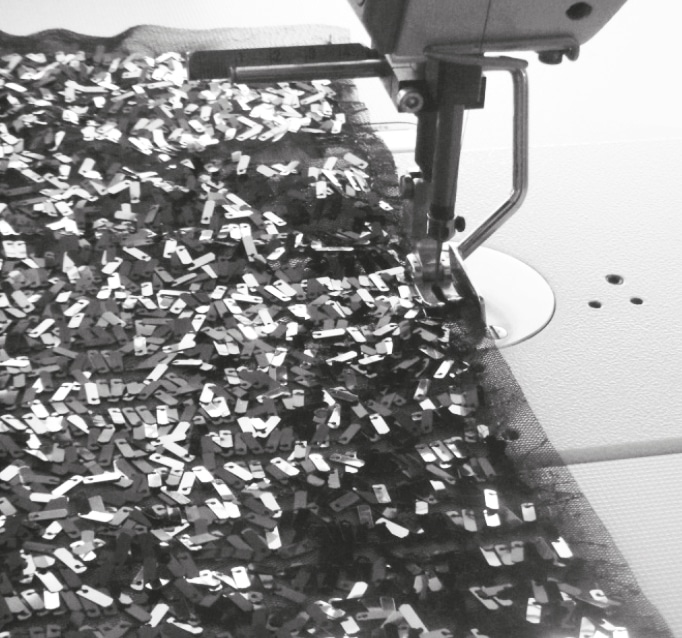
- To fix the waist with the sewing machine sew in a topstitch seam.
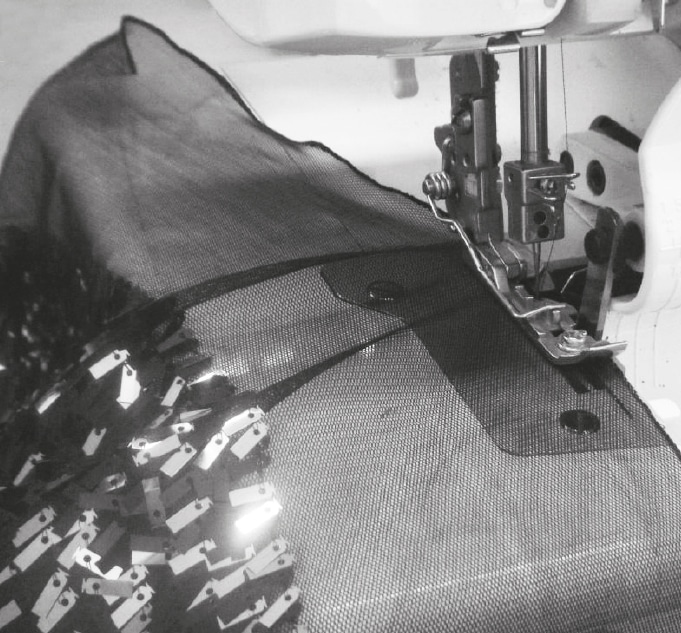
- Work the selvedge of the unembroidered part into a rolled hem using the overlock. In the following example, where the base fabric is stretchy, a two-thread rolled hem was done. With a solid base fabric, a three-thread rolled hem may look nicer. The rule here is trial and error. At the waist and hem, overlock the 1 cm seam allowance running in to the edge line.
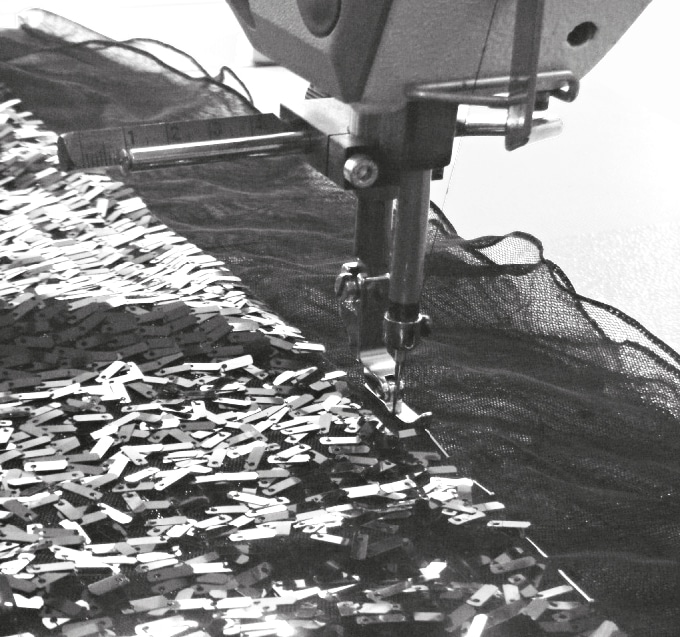
- Lay the fabric wrong sides together and close the seam right next to the sequins using the zipper foot.
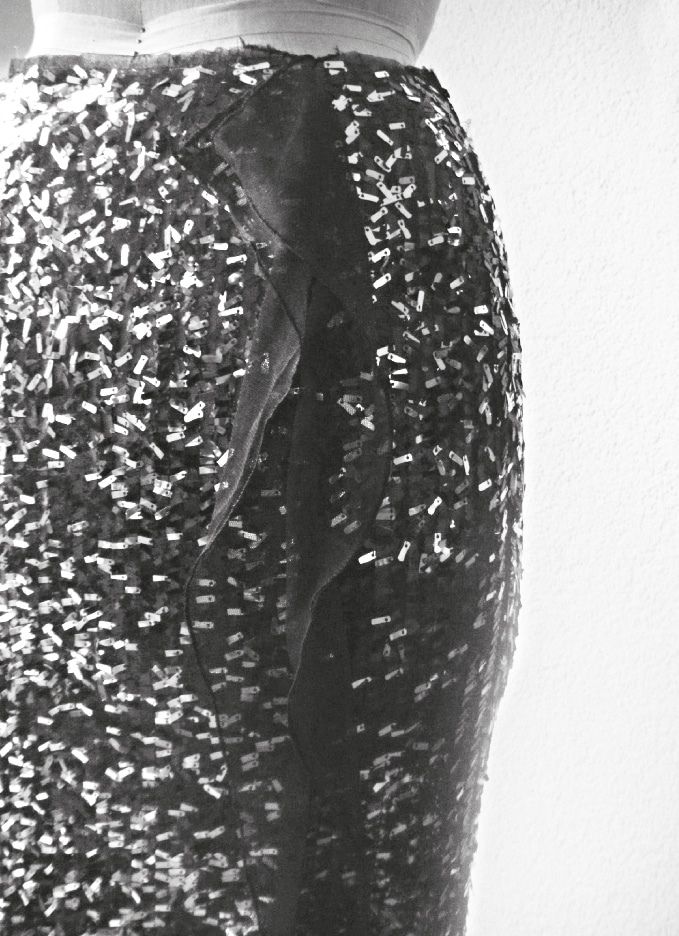
- Leave the unembroidered seam allowance, do not iron flat.
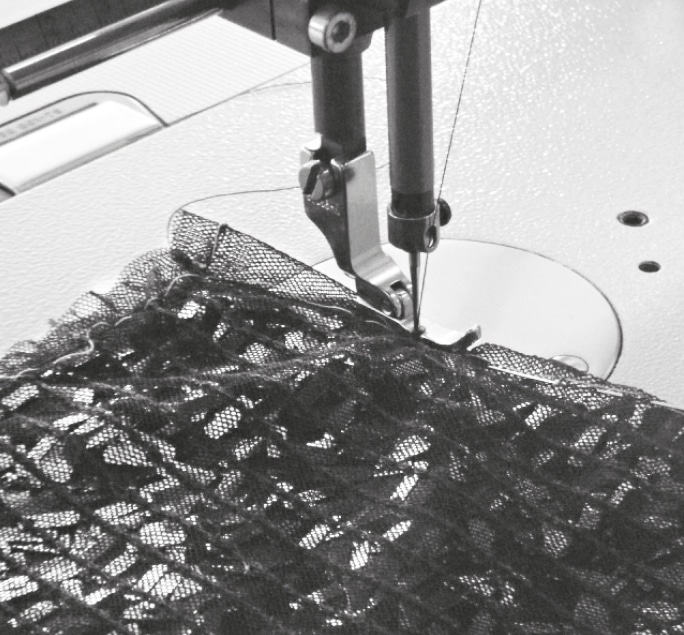
- Pin the darts and sew from the waist down. Knot the thread at the end. Iron the dart from the back to the center without steam, using a cloth . Try on a leftover piece of fabric first.
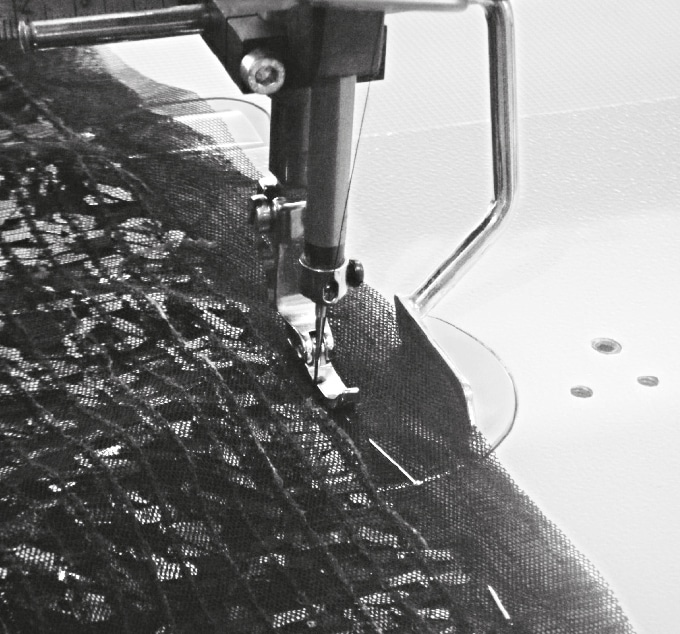
- Pin the side seam right sides together and sew with the zipper foot. Iron the seam allowance from behind, without steam and with a cloth and overlock it.
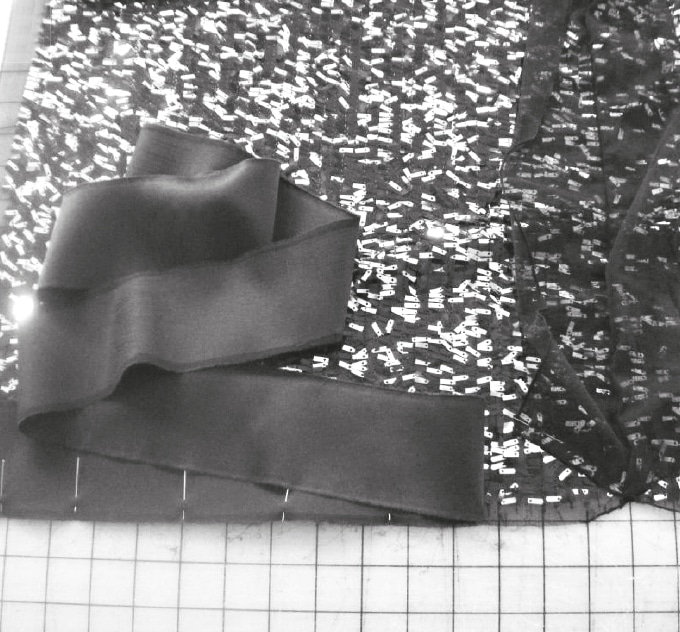
- Pin hem strips to skirt.
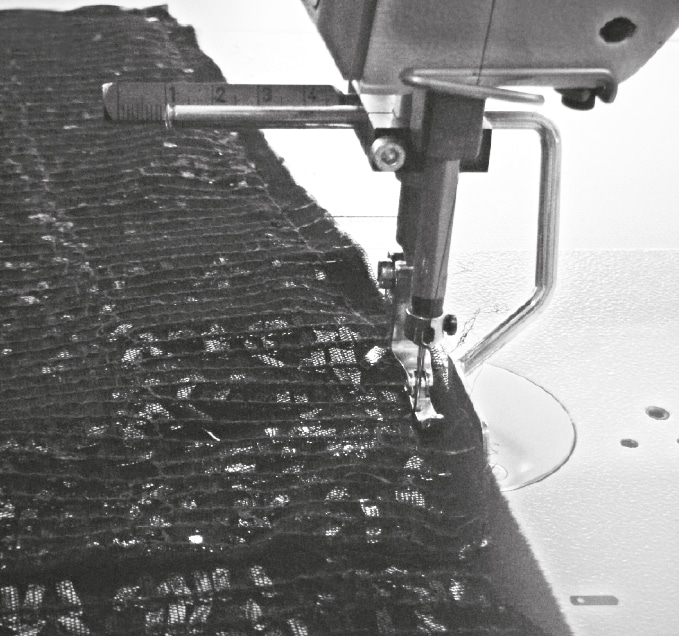
- Sew the hem strip on the sequin side at 1 cm.
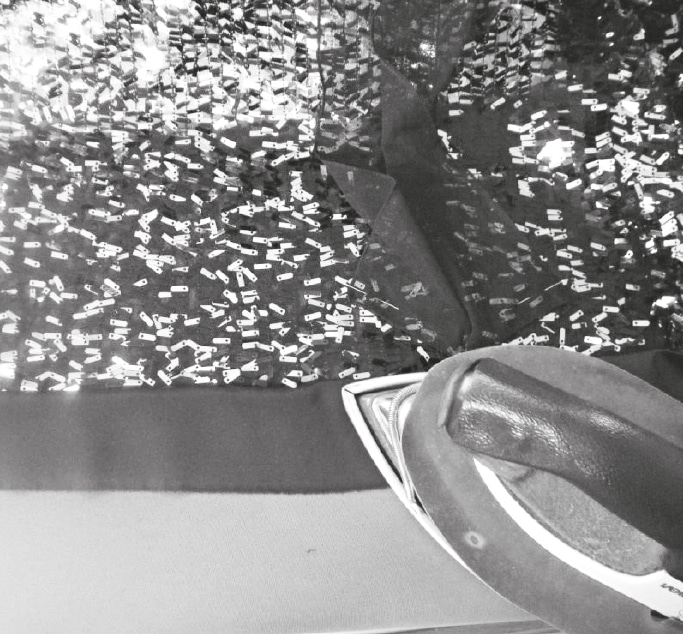
- Without touching the sequins, iron the hem strip flat.
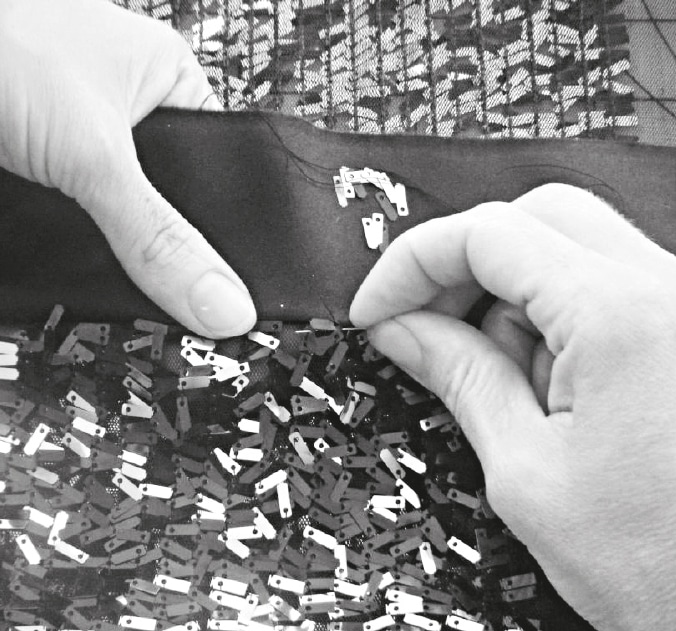
- Using back stitches, hand sew on the bottom row of sequins to prevent them from coming loose. Add missing sequins.
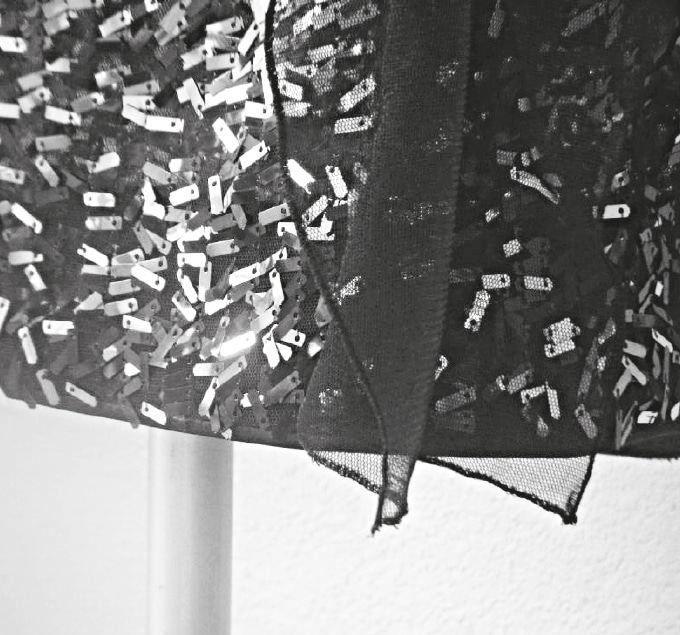
- Iron the hem strip, so that a little of the strip flashes forward. The sequins should not be longer than the hem strip, otherwise they may damage the stockings.
Sewing sequin fabric with ribbed ribbon
Cutting Fabric
With the following seam processing, the seams are cut without seam allowances.
Processing
This technique can be used as a side seam or for blending lines.
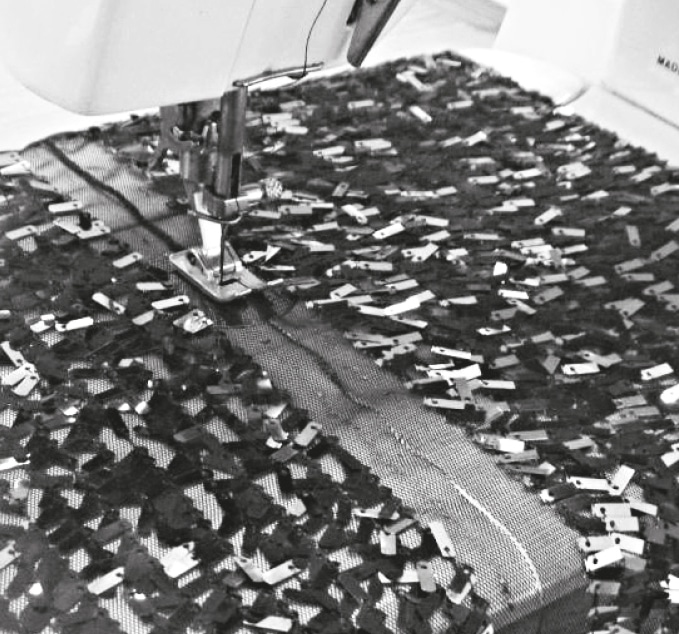
- In the following example, the width of the ribbon is 2.2 cm. Now remove 1.1 cm of the sequins from the edge of each seam. Sew the edges together with a zigzag stitch.
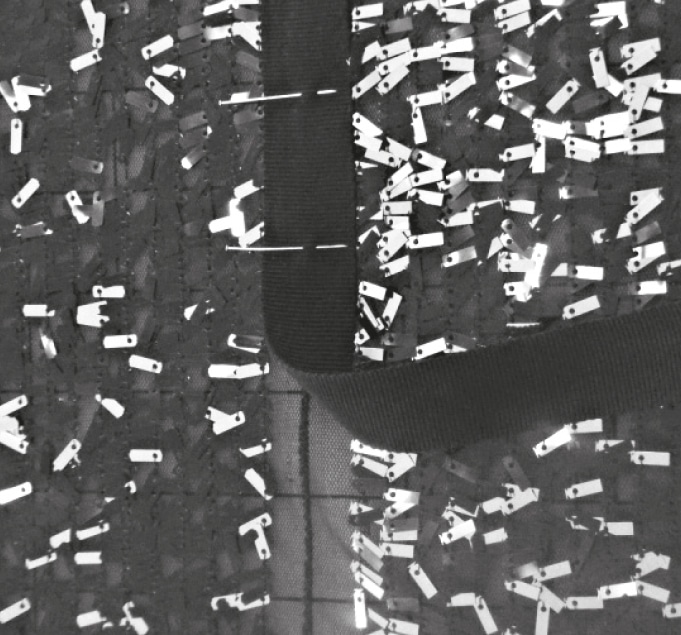
- Fix the ribbon with pins.
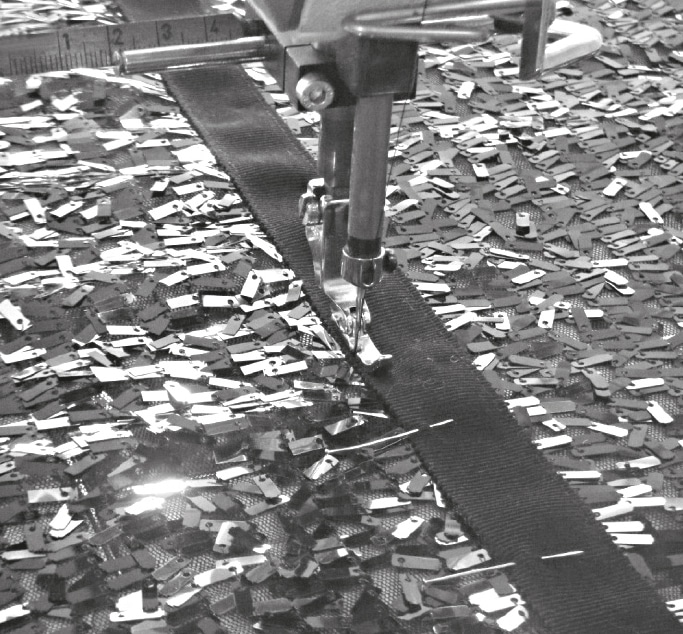
- Use the zipper foot to edge stitch the ribbon on both sides.
Knitting with sequins
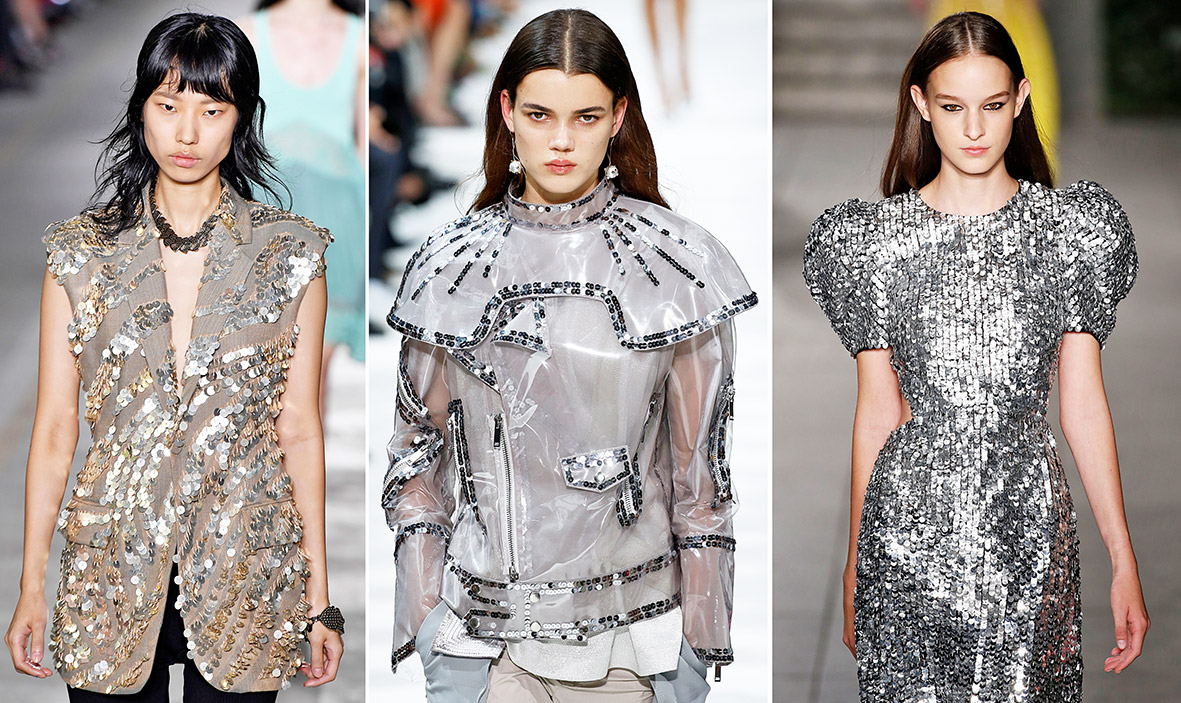
Here we show how to embroider a sequin leaf pattern using a simple but effective scale technique with sequins. A technique that can be used with many embroidery ornaments. Contrasting accents are created by the diversity of sequins in color, luster, transparency and shape. This article is an excerpt from the german speaking reference book Atelier – Fachwissen aus der Praxis Teil 1.
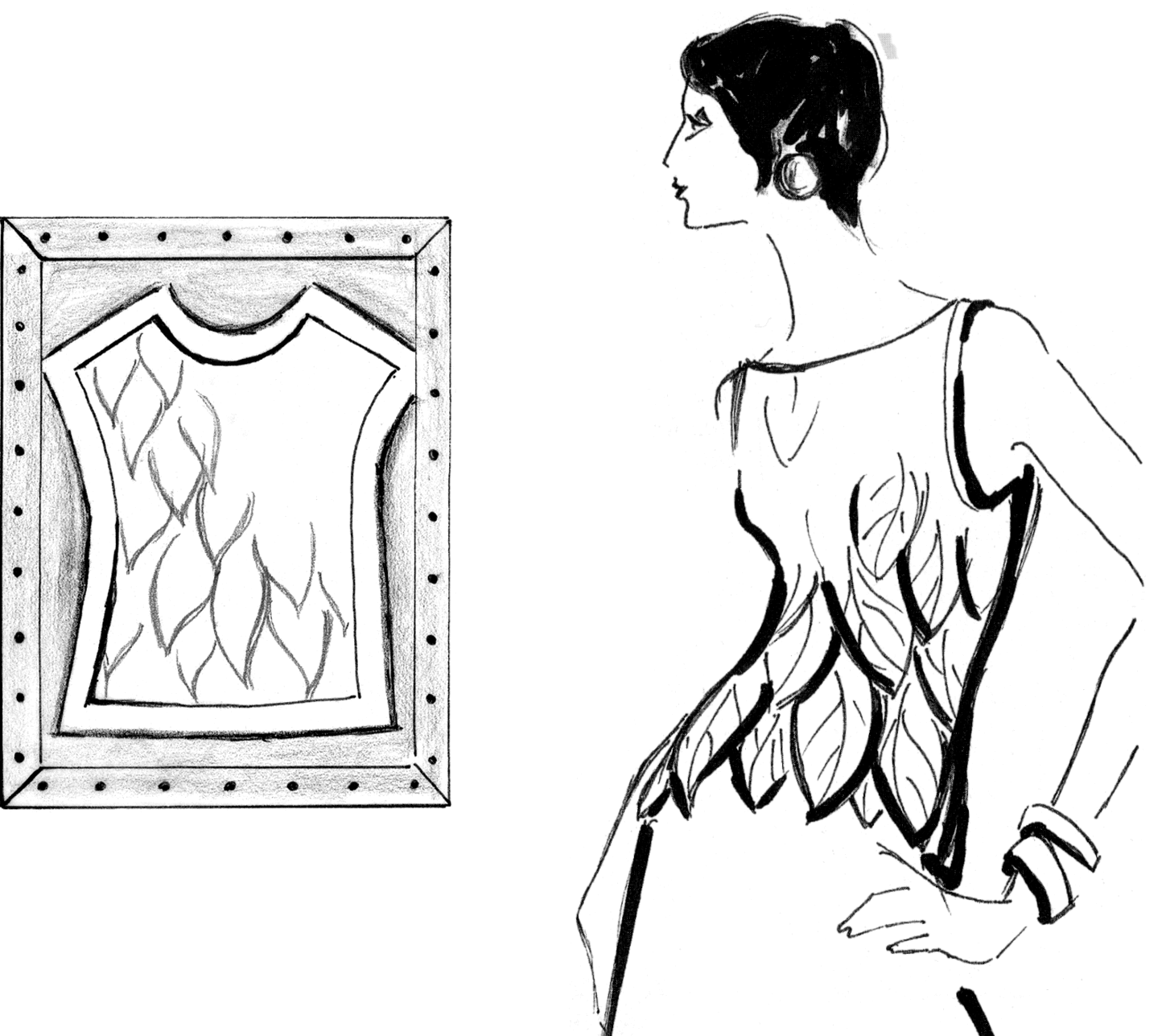
Preparing
- When cutting the garment that will be embroidered, the seam allowances should be calculated more generously.
- If necessary, underfeed the fabric / reinforce with Vlieseline.
- Draw motif with an iron-on pen on silk paper. Place drawing on fabric and iron on hot. The drawing should not slip.
- For sequin embroidery you need a frame, large enough to clamp the entire motif. Very convenient are stretcher frames (30 to 150 cm in length), easy to assemble and variable. It is recommended to attach organza as a backing fabric very tightly to the frame with tacks, and place the pattern piece and fix it in place.
Embroidering outlines
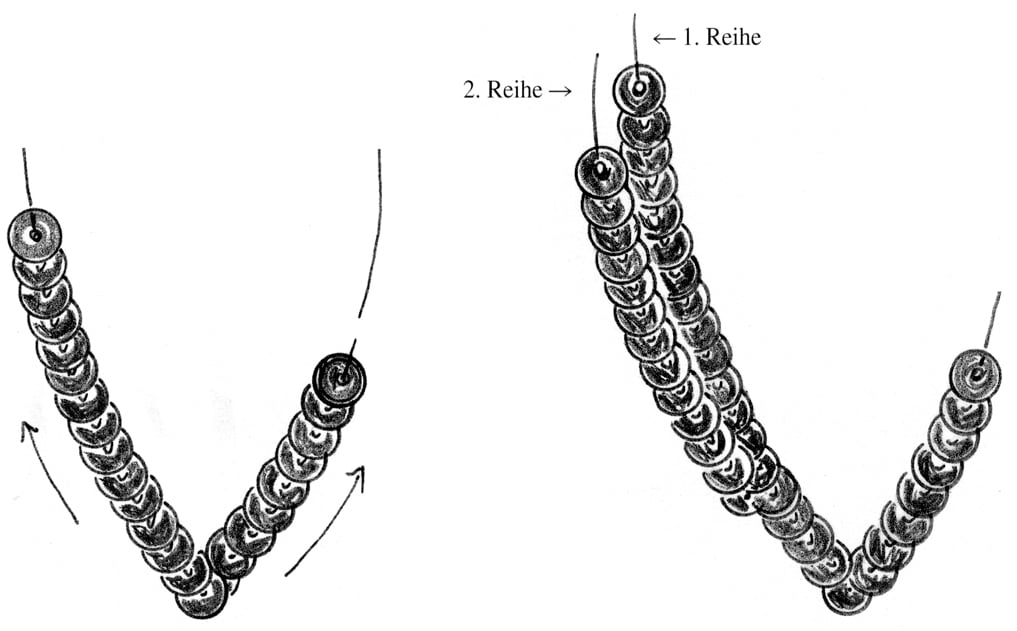
- Start with the outer contour of the leaves. In each case, starting from the tip of the leaf, you scale the sequins upwards. At the beginning it is a little trouble to embroider the backstitch in the exact length.
- After the contours are stitched and strengthened in some places, begin to work with the middle vein of the leaf – again from the tip up. After that, the outer veins of the leaves are scaled from the outside in.
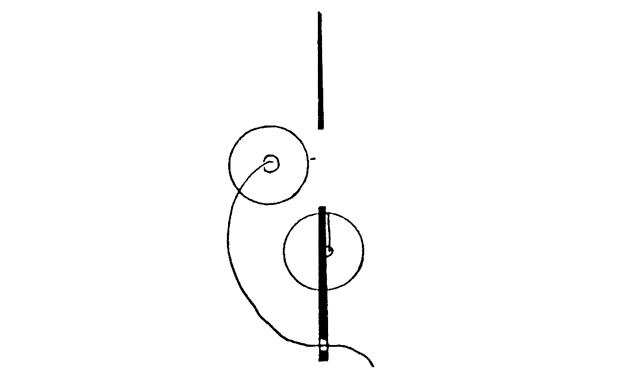
- When working quickly, you should pay attention to the spacing of 1/2 sequin size.
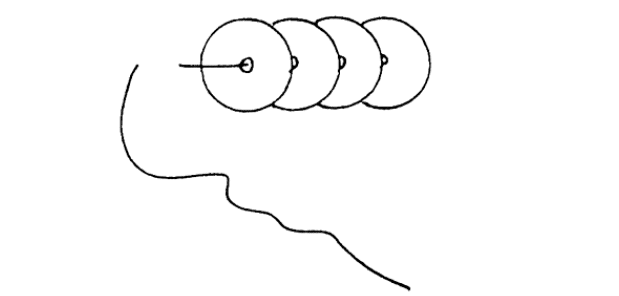
- The holes of the sequins are visible.
Tip: With the needle placed between your thumb and index finger, pierce the hole in the sequin and hold it on the needle with your index finger until the stitch is completed.
Stitching out the inside surfaces
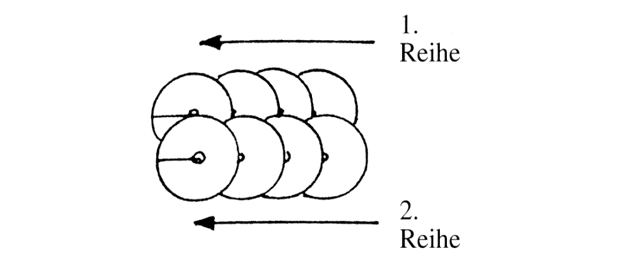
- If you want to make color changes, you should now make a concept. Always embroider the different colored sequins parallel to the outer strands row by row – again from the outer edge to the center of the leaf. If necessary, draw thin guide lines. The row spacing should be such that the sequins overlap very slightly.
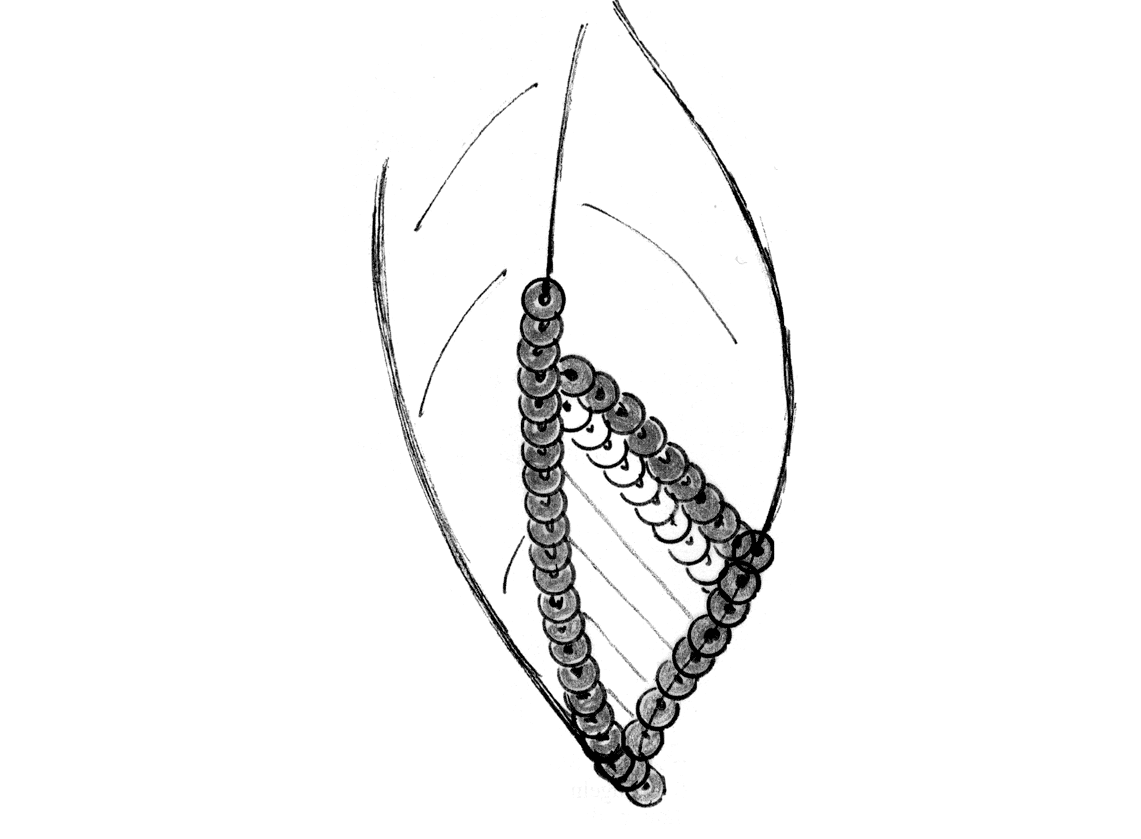
- The last sequin of each row should be half under the black sequin of the middle leaf vein.
Tip: Make a test and stroke your finger over your row of sequins in the opposite direction. If all sequins stay firmly in place and do not slip, then backstitching and spacing are good.
Which needle for sewing sequins?
For threading sequins, you can buy extra thin and long needles, with a particularly narrow eye, so-called beading needles. For the traditional craft technique of tambour embroidery, which is used in the noble gowns of Parisian haute couture, there is a special needle with a hook (tambour needle). For sewing sequin fabrics with a sewing machine, you should make sure that you use a slightly stronger needle. You can find an article about Tambour embroidery here.
In our online shop you will find many different patterns for dresses that can be sewn in sequin fabrics or decorated with sequin applications.


